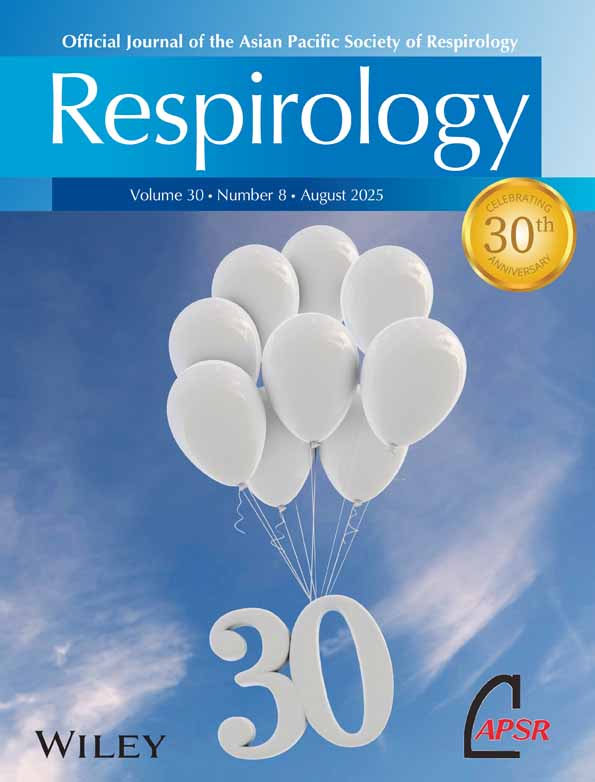Acute myopathy after status asthmaticus: Steroids, myorelaxants or carbon dioxide?
Abstract
Acute myopathy complicating treatment of status asthmaticus has been increasingly recognized since its original description in 1977. We report a case of an 11-year-old boy with severe asthma requiring mechanical ventilation. He was given high doses of parenteral steroids and neuromuscular blockade with non-depolarizing agents in order to achieve controlled hypoventilation with an ensuing hypercapnoea. He developed rhabdomyolysis with elevated creatinine kinase and renal impairment secondary to myoglobinuria. Electrophysiological studies revealed myopathic abnormalities. The aetiology for this myopathy appears to be related to therapy with parenteral steroids, muscle-relaxant agents and respiratory acidosis. Patients treated with steroids and neuromuscular blocking agents should be regularly monitored for development of myopathy.




